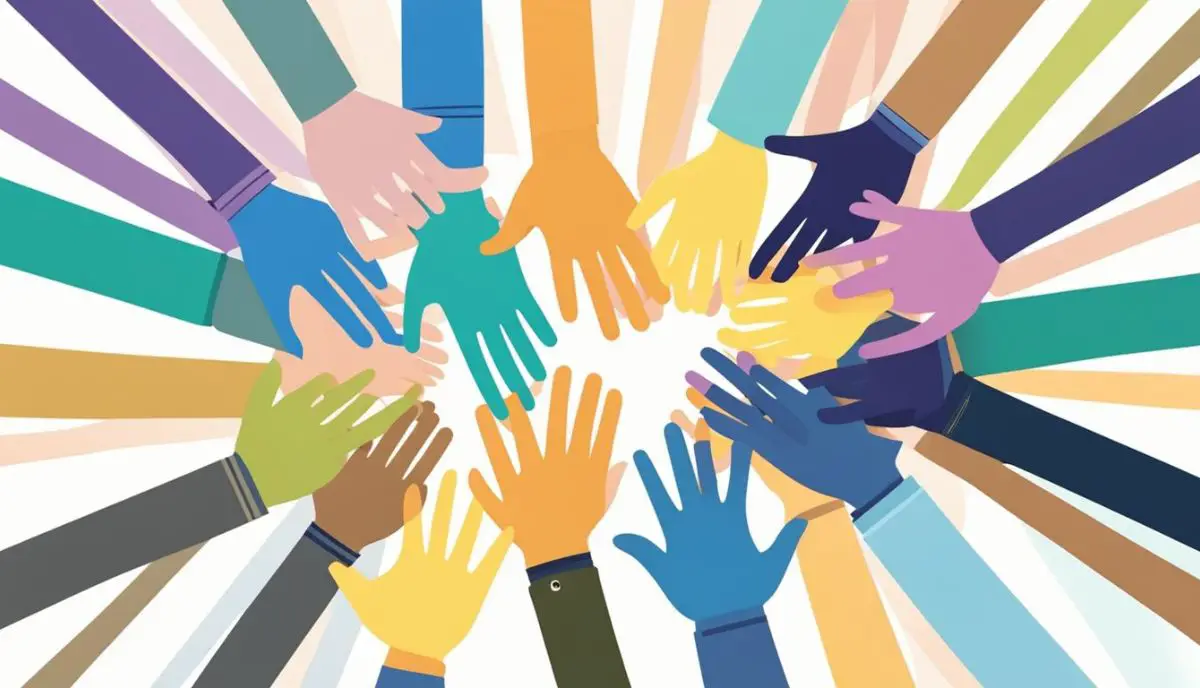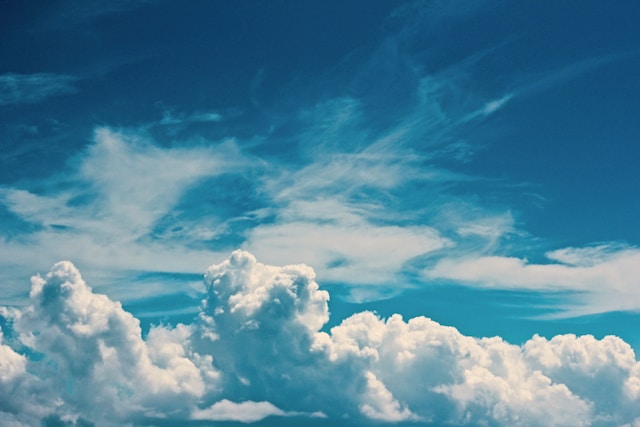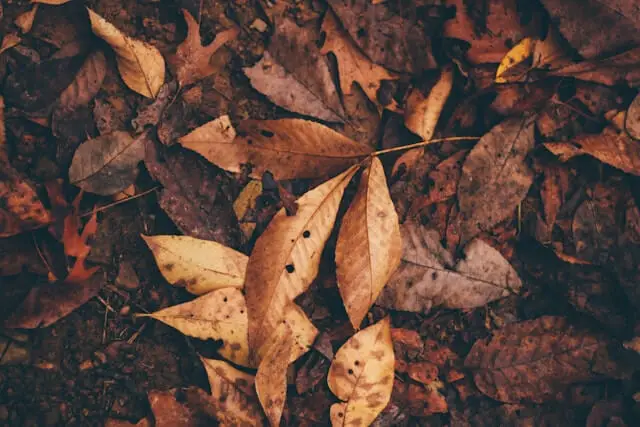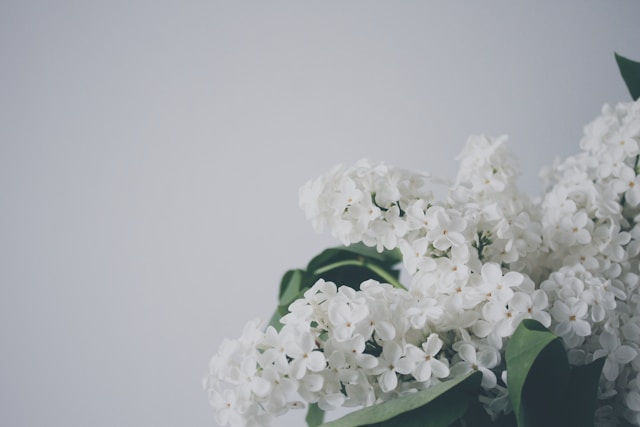Ever noticed how certain colors just make you feel more connected? It’s not all in your head. Colors go beyond what we see; they play a big role in our emotions and can even bring people together. That’s especially true when we talk about colors that represent unity.
Think about it: unity is a big deal in every culture around the world, and colors have a way of expressing that without words.
So, why does this matter? If you’re working on a project, throwing an event, or just curious, knowing how colors can symbolize unity can really make a difference. It’s about adding more meaning to what you’re doing, making people feel included and connected.
Let’s dive into which colors do this best and how you can use them to bring your ideas to life. Trust me, it’s going to make your work stand out and resonate more with people. Ready to see colors in a whole new way?

Colors That Represent Unity
- Blue
- Green
- Brown
- White
Blue

Have you ever wondered why staring at the sky or gazing into the ocean feels so calming? Well, it’s because blue embodies tranquility and peace, something we all crave in our fast-paced lives.
It’s the color that represents trust, loyalty, and understanding—key ingredients for unity among people.
Global Unity
Imagine the entire world under one sky, the vast blue sea touching every shore. Blue is literally and symbolically the backdrop of life on Earth.
It’s no coincidence that the United Nations logo is blue, symbolizing their mission to unite nations under a banner of peace and cooperation.
Just like the sky and sea are constants that connect us, the color blue reminds us of our shared human experience—a reminder that we’re all in this together.
Digital Connection
Now let’s talk tech. Blue is the go-to color of social media giants like Facebook and Twitter. Ever wondered why?
Because blue is cool, it doesn’t shout for attention like red or yellow. Instead, it invites you in, promoting a sense of belonging.
When you see that friendly blue logo, it’s like a digital handshake, welcoming you to connect, share, and engage with your global family, right from your screen.
Both platforms harness the uniting power of blue to help bridge the digital divide, making the world a tad smaller, one click at a time.
You May Also Like: What Color Represents Hope?
Green

Ever walked through a lush garden and felt an instant sense of calm? Green does that—it’s like Mother Nature’s very own “reset” button.
This vibrant hue stands for growth, renewal, and a special kind of unity that we share with the environment.
Environmental Unity
Green is the beacon of environmental movements. It’s all about pulling together to nurture our planet.
Air-cleaning drives, recycling campaigns, or community gardens – these green initiatives are meeting points for like-minded people. Sounds like unity, right?
Healing and Renewal
Ever noticed more parks popping up in your city? There’s a reason for that! Green spaces are our urban oases, promising a break from the concrete jungle.
But they’re not just pretty; they give folks from all walks of life a place to bond, recharge, and find common ground. Green is the emblem of a shared vision for a healthier planet and society.
Brown

Brown is the hue of the Earth, a color that represents the foundation beneath our feet, uniting us in our shared human experience, no matter where we’re from.
Have a look at the diversity present in the shade of brown:
- The depth of cultures: Like the varying shades of brown, diverse cultures across the globe bring a richness to the tapestry of humanity. It’s in the blend of traditions, languages, and histories that we find our common thread.
- The solidarity in racial identity: Brown often reflects the skin tones of people across the world, illustrating an inclusive and organic unity.
Agricultural Unity
- Soil: More than just dirt—it’s where crops begin their life, and it symbolizes growth and nourishment.
- Harvest: A universal sign of success and the result of shared challenges such as weather, pests, and seasons.
White

Have you ever wondered why white color is so often seen at peace rallies or when white doves are released at ceremonies? It’s all about the message it sends.
White stands for purity, peace, and harmony, making it a natural choice to symbolize unity.
Peace and Harmony
Picture a crowd of people, all different, but united for a single cause. They’re all wearing white, encapsulating a peaceful protest or a collective hope for harmony.
It’s no coincidence that many peace movements opt for this color as their emblem.
You’ll see white as the chosen color from historical suffragette parades to modern-day walks advocating for an end to violence.
White bridges differences by representing a peaceful consensus.
Spiritual Unity
- Purity: In numerous religions, white is the color of purity. It signifies a clean slate or a pure start, doesn’t it?
- Enlightenment: Many spiritual traditions dress their deities or leaders in white. It’s a nod to enlightenment and a higher state of being.
- Connection: Perhaps the most profound is the connection white symbolizes between us—mortals—and the spiritual realm. Despite diverse beliefs, the use of white creates a common ground linking various spiritual communities.
Whether it’s a church, temple, or mosque, white has a way of dissolving the lines that divide us and accentuating our common humanity.